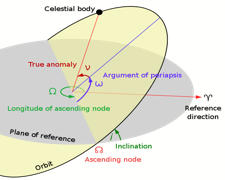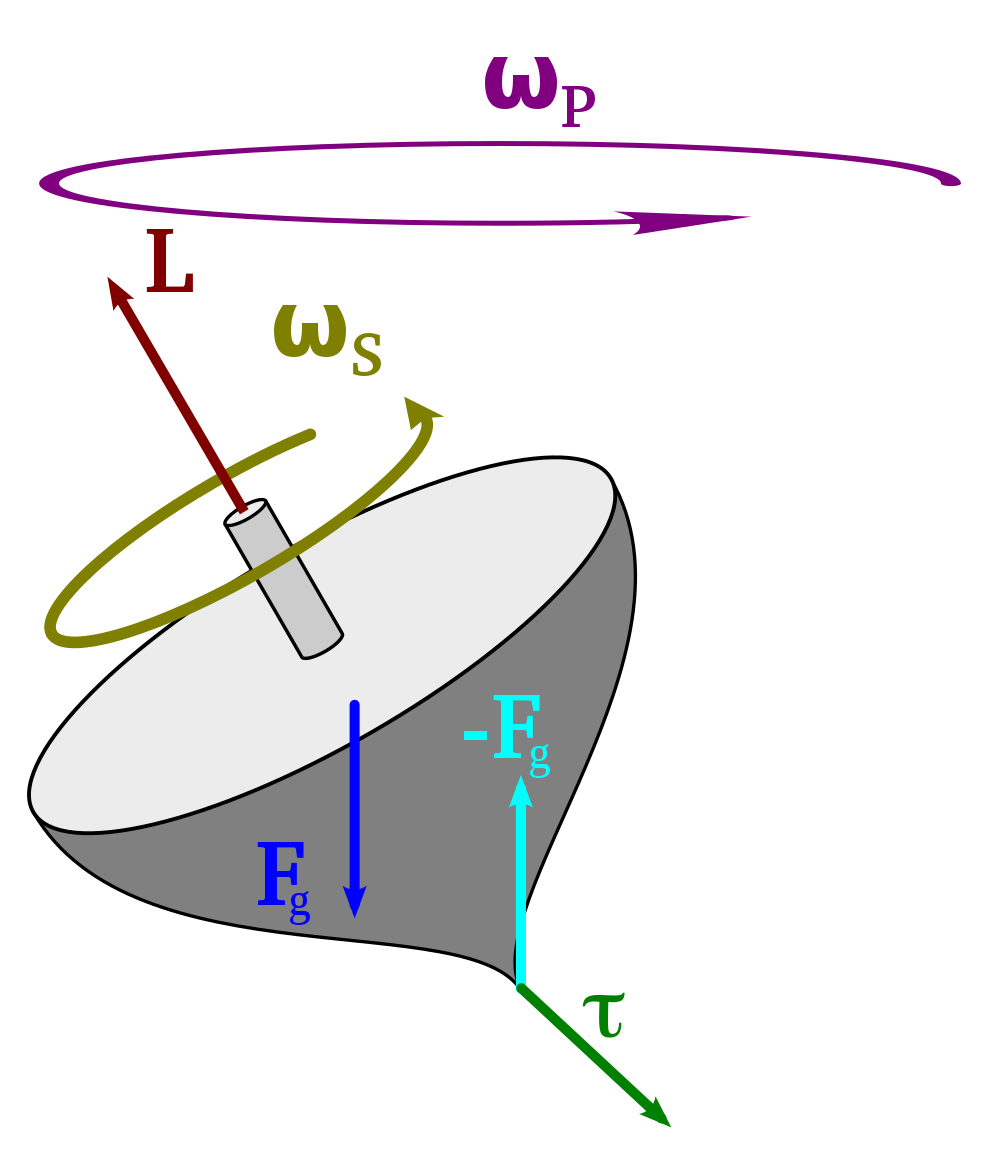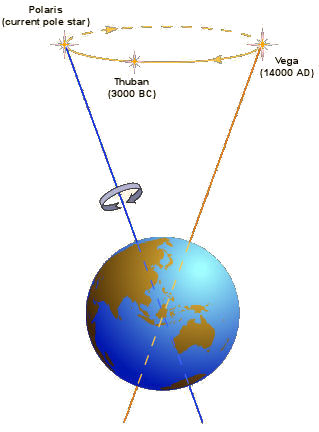Milankovitch Cycle Design
We all know friends and relatives who exhibit frequent, large mood cycles. In some cases, the cycles can be so extreme as to make maintaining a normal life challenging.
Planetary scientists are discovering that what is true for human beings is also proving true for planets. Orbital and rotational cycles that are too frequent (thus, too short in duration) and/or too large rule out a planet’s potential to support advanced life. A recent research study by British geophysicist Dave Waltham on Milankovitch cycles adds to the weight of evidence for the anthropic principle and the rare Earth doctrine, both of which posit that the universe and Earth are exquisitely fine-tuned to support advanced, and particularly human, life.1


Left – semi-minor axis. Right – semi-major-axis. All planets exhibit elliptical orbits about their host stars. The greater the semi-major axis relative to the semi-minor axis of an elliptical orbit the greater the eccentricity. The solar system planets all manifest low eccentricities. A near ubiquitous feature of extrasolar planets that are as distant or more distant from their host stars as Earth is from the Sun are large eccentricities.
Milankovitch cycles refer to cyclical variations in the eccentricity and inclination in a planet’s orbit and in the obliquity and precession in a planet’s rotation. The eccentricity is the degree of ellipticity of a planet’s orbit, the degree to which the orbit departs from a circular path and assumes an orbit where the semi-major axis is much larger than the semi-minor axis (see figure 1). The eccentricity value is the ratio of the distance between the two foci of the ellipse to the length of the major axis. (When the eccentricity is 0, the foci coincide with the center point and the figure is a circle. As the ellipse elongates to where the figure becomes a line, the eccentricity is 1.) The inclination is to the degree that a planet’s orbit is tilted relative to the host star’s equator (see figure 2).

A planet’s obliquity is the angle between its rotational axis and a line perpendicular to its orbital plane. Earth’s obliquity equals 23.4 degrees. For astronomical bodies, precession refers to the gravity-induced slow and continuous circular movement of the rotation axis whereby the rotation axis traces out a cone. The effect is similar to what happens to a rapidly spinning top (see figure 3).

For Earth the period of precession is about 26,000 years. At the present time, Earth’s rotation axis points in the direction of the star Polaris. Twelve thousand years from now it will be pointing in the direction of Vega. In 26,000 years from now the planet will point again toward Polaris (see figure 4).

Image credit: Western Washington University
The inclination of Earth’s orbit varies with a cyclical period equal to about 41,000 years. The cyclical period for the present variation in Earth’s eccentricity is about 100,000 years. Likewise, the variation in the planet’s axial tilt is slow and gradual but it is more random than it is cyclical. In each case, though, the degree of variation in Earth’s orbital and rotational features is very small.
Earth’s obliquity varies between 22.1 and 24.5 degrees over an oscillation cycle equal to 41,000 years. It currently equals 23.44 degrees and is decreasing. Over the past four billion years Earth’s eccentricity has varied between 0.005 and 0.058. However, over the past several million years the variation has ranged from only 0.014 to 0.019.
Waltham’s Findings on Milankovitch Cycles
The purpose of Dave Waltham’s research was to determine just how rare or common Earth’s long cyclical periods (tens of thousands of years) and low levels of orbital and rotational variation (less than a few percent) would be for the Milky Way Galaxy’s planets as a whole. He achieved this by comparing Earth’s orbital and rotational properties with those of synthetic populations of Earth-like planets generated by detailed computer modeling.
Waltham developed three different sets of models. In the first, he varied Earth-Moon system properties and determined their effect on the planet’s obliquity variations. In the second, he varied the locations of individual planets in the solar system and determined the effect of these locations on Earth’s eccentricity variations. In the third, he varied the overall structure of the solar system and determined the impact of such structure on Earth’s eccentricity variation.
In all three cases, Waltham proved that the actual Earth/Moon/solar system manifests unusually low Milankovitch levels and frequencies compared to similar alternative systems. He established that the probability of our planet possessing such very low Milankovitch frequencies by natural processes alone is less than 0.00001. Similarly, the probability is very low that Earth’s Milankovitch levels (amplitudes) would be as low as they actually are. Waltham concluded, “It therefore appears that there has been anthropic selection for slow Milankovitch cycles.”2 That is, it appears Earth was purposely designed with slow, low-level Milankovitch cycles so as to allow humans to exist and thrive.
Without such Milankovitch cycles, Earth would not only be unsuitable for human beings, but also it would not exhibit the stable climate conditions necessary for the existence of a wide diversity of life-forms. As Waltham points out in his research paper, “planets with Earth-like levels of biodiversity are likely to be very rare.”3
Waltham’s results also soundly refute the Gaia hypothesis, which proposes that all life on Earth works together to regulate the environment in such a manner as to maintain ideal conditions for life. Waltham explains that the Gaia hypothesis confuses cause and effect. Climate stability is a precondition for the existence of a complex biosphere; it is not the consequence of a complex biosphere.
Many nontheistic scientists insist the anthropic principle—the tenet that the universe, Earth, and Earth’s life have been designed for human beings—is not testable. Waltham offers two strong rebuttals to this claim. In the conclusions section of his paper, he writes, “Anthropic proposals can be tested by comparing Earth’s properties to those of synthetic populations of Earth-like worlds generated with computer modeling.”4
In a previous paper, Waltham shows how the anthropic principle possesses both predictive and explanatory power.5 There he demonstrates how the anthropic principle explains why the Moon possesses the maximum possible mass that permits Earth to sustain a stable tilt of its rotation axis. The maximum possible mass is necessary to slow down Earth’s rotation rate from four to six hours a day (at the time of life’s origin) to the twenty-four hours per day at the latest time window during which human beings can possibly exist.
Dave Waltham’s latest research effort on anthropic principle selection effects demonstrates that the more astronomers discover and learn about the solar system and extrasolar planetary systems, the more evidence they uncover for the supernatural, super-intelligent design of Earth and the solar system for the specific benefit of the human race.
Endnotes
- Dave Waltham, “Testing Anthropic Selection: A Climate Change Example,” Astrobiology 11 (March 2011): 105–14.
- Waltham, 105.
- Ibid.
- Waltham, 112.
- David A. Waltham, “Anthropic Selection for the Moon’s Mass,” Astrobiology 4 (2004): 460–68.






